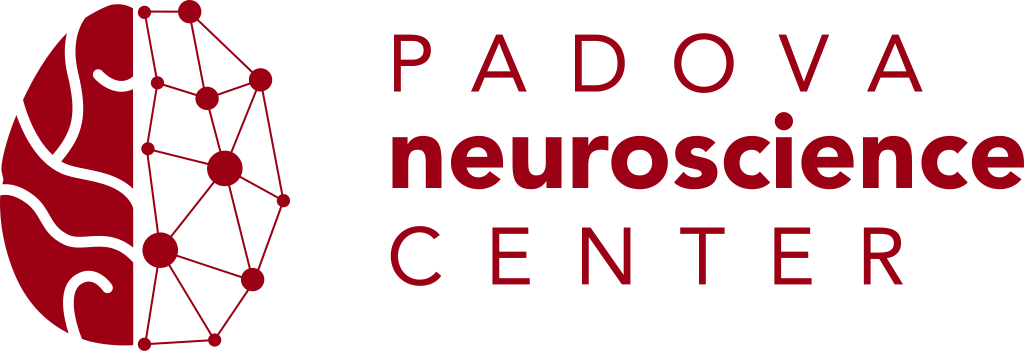by prof. Peter Bandettini, National Institute of Health, USA
When: September 29th, 2022 – 3:00 pm
Where: Zoom meeting. Recording available on Mediaspace
Abstract: Functional MRI has been advanced by improvements in acquisition, processing, and our understanding of the neurovascular response, leading to new insights, applications, and avenues of research. In this lecture, the challenges and opportunities in working with fMRI at its limits of resolution,
sensitivity, and interpretability are described. Several examples of ultra-high resolution mapping of cortical layer activity and connectivity are shown, opening up the capability of fMRI to map directional connectivity and functional hierarchy. Also presented are some of my lab’s recent work on tracking ongoing cognition, assessing vigilance, and reducing physiologic noise – all through the integration of novel pulse sequences, paradigms, and processing methods. Throughout the presentation open questions and challenges are raised and potential opportunities towards their utility to neuroscience and clinical applications are presented.
Short bio: Peter Bandettini received his B.S. in Physics from Marquette University in 1989 and his Ph.D. in Biophysics in 1994 at the Medical College of Wisconsin and carried out his post-doc at the Massachusetts General Hospital NMR Center. Since 1999, he has been the Director of the Functional MRI Facility which
is jointly supported by NINDS and NIMH, and Chief of the Section on Functional Imaging Methods in the Laboratory of Brain and Cognition. In 2017 he initiated two new teams to help investigators throughout the NIH. These are the Machine Learning Team and the Data Science and Sharing Team. At this time, he also became the founding Director of the Center for Multimodal. He was Editor in Chief of the journal, NeuroImage from 2011-2017. His research focus since 1991 has been on developing fMRI acquisition
methods, brain activation strategies, and processing approaches to more effectively extract neuronal and physiologic information from fMRI data toward the goals of understanding the human brain and
increasing the fMRI’s clinical efficacy.


